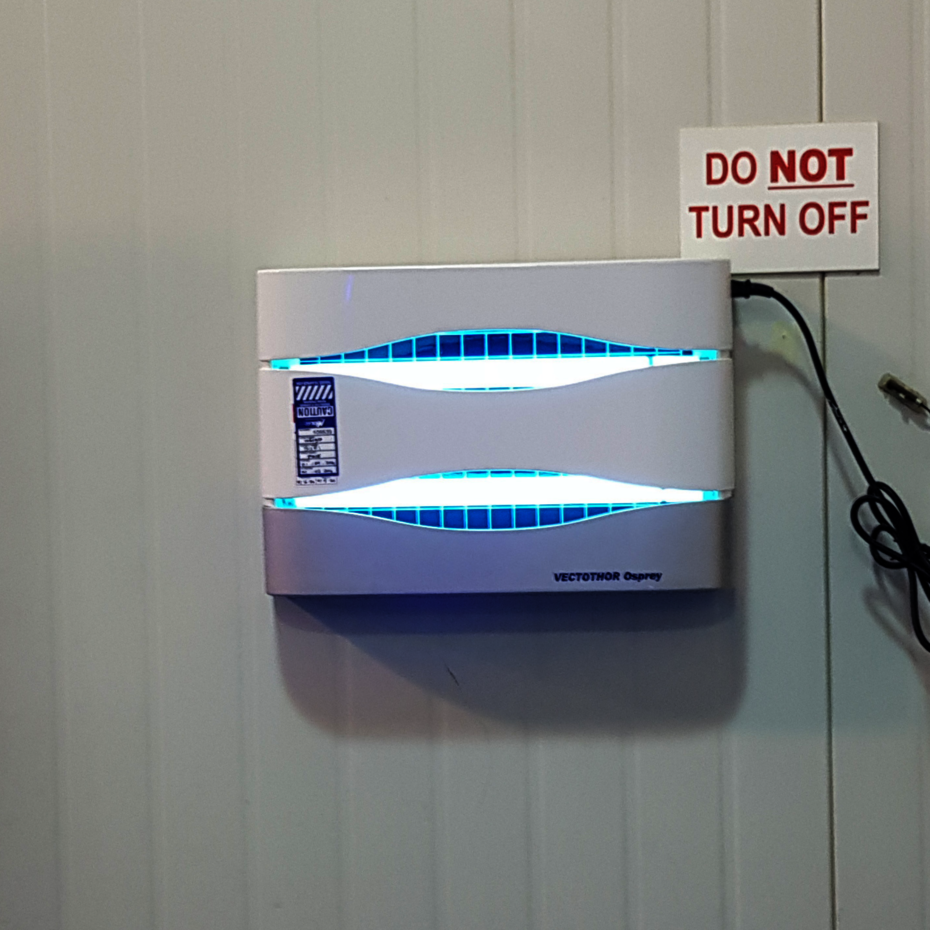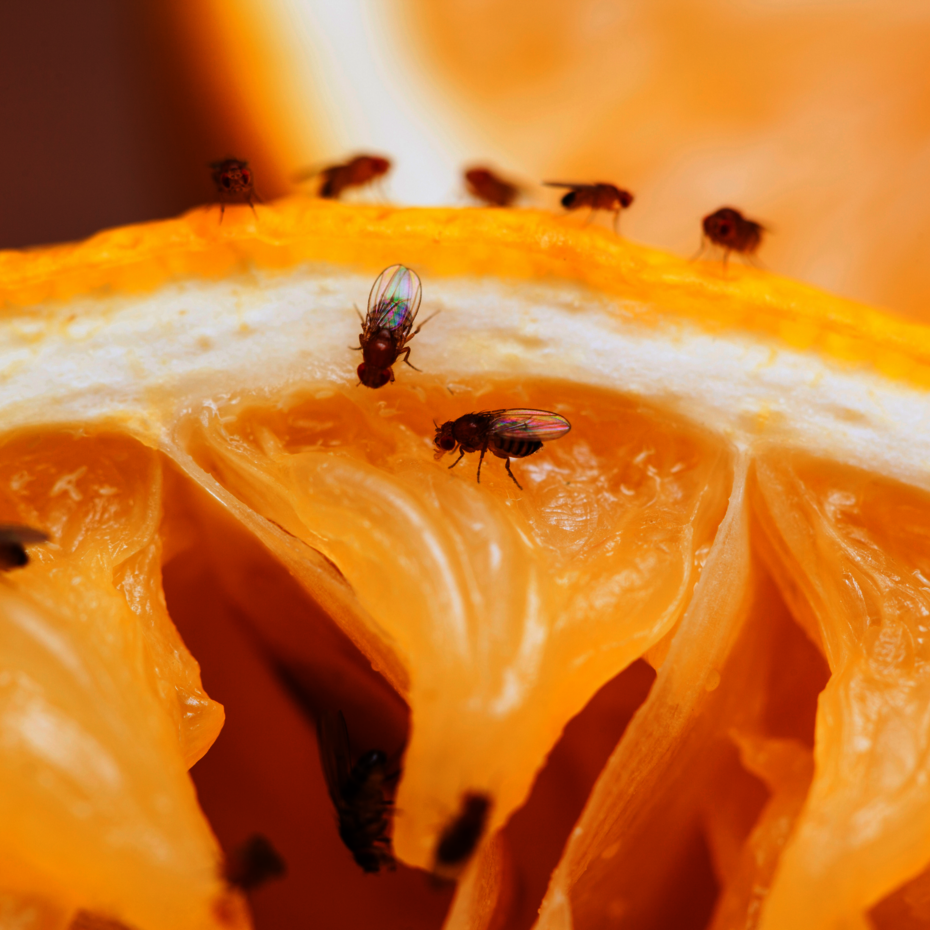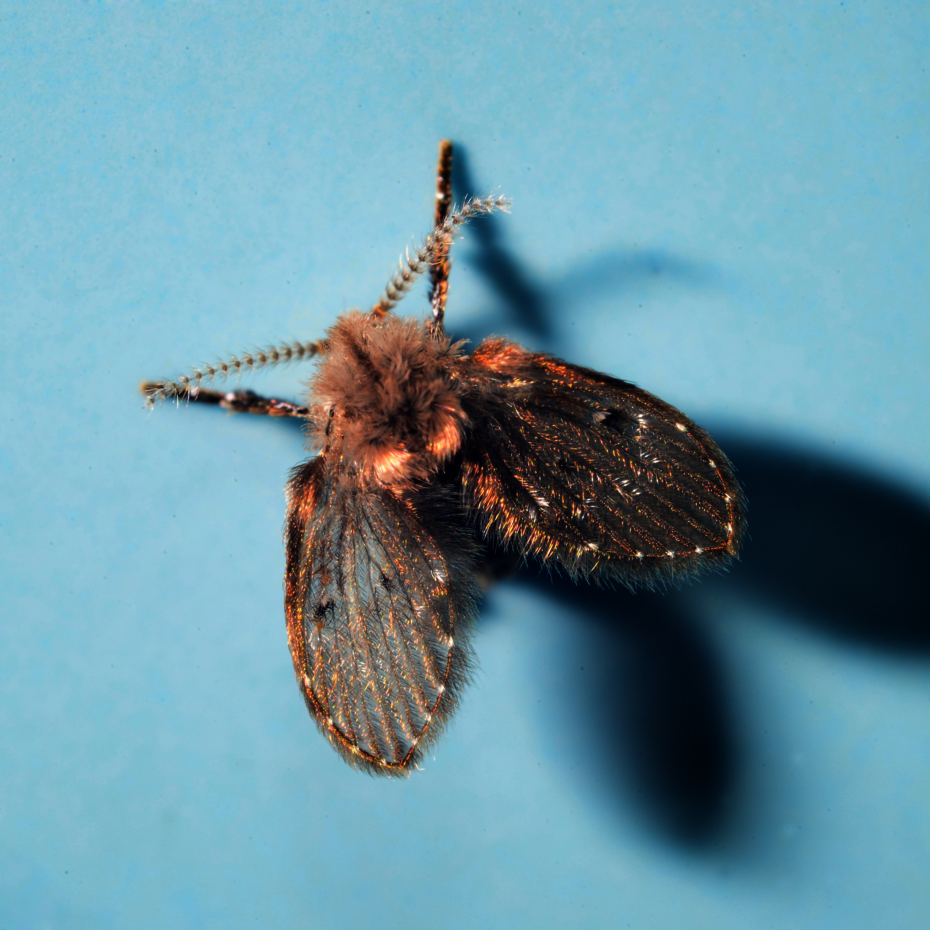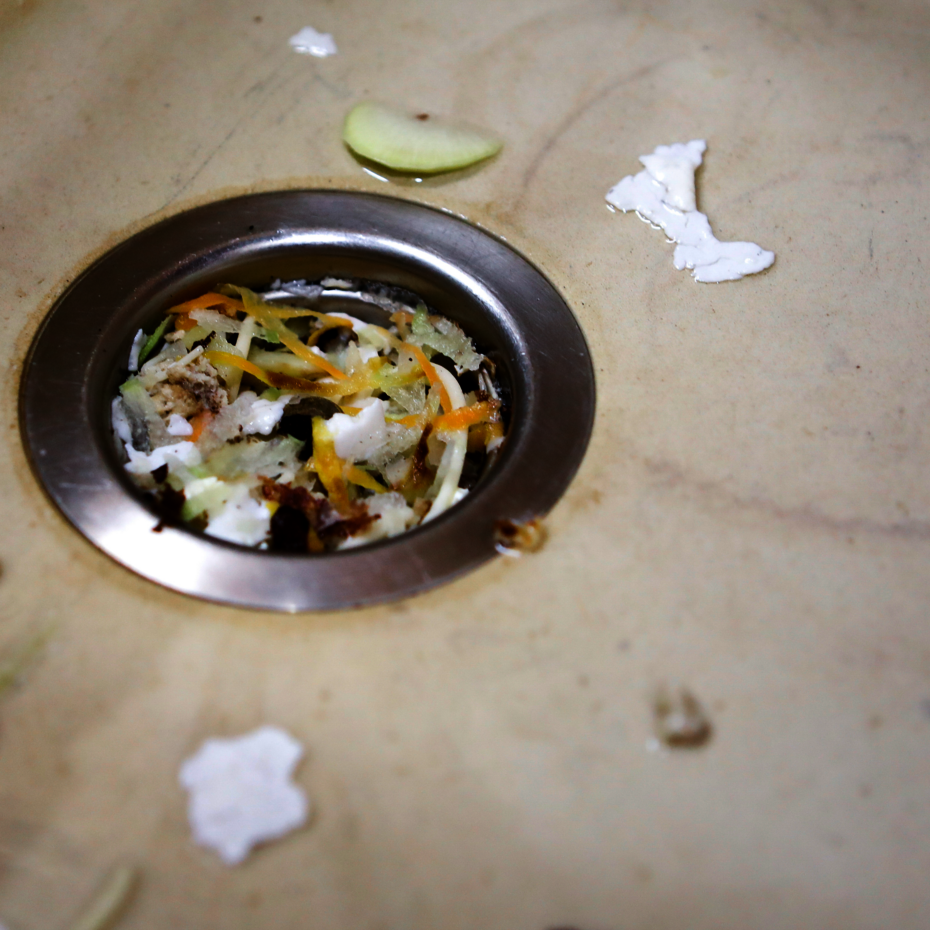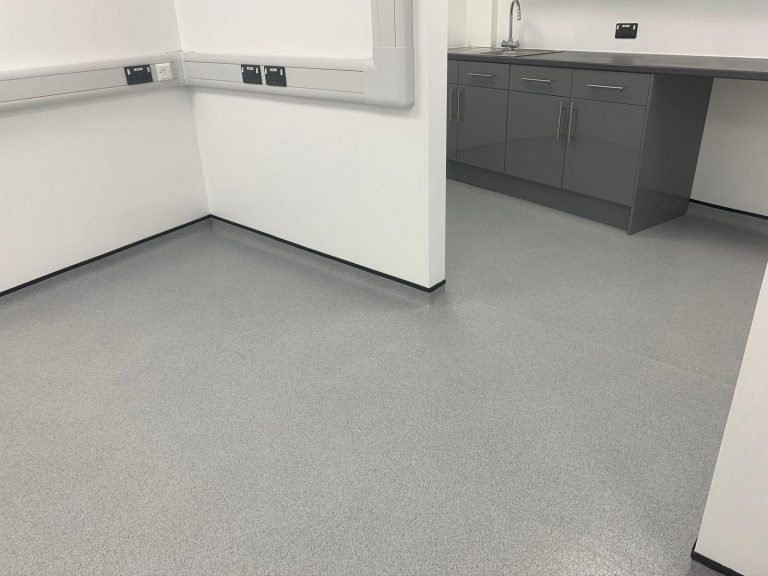Small flies like fruit flies and drain flies can wreak havoc on businesses, particularly in humid climates where breeding conditions are optimal. Thriving in environments with rotting and decaying matter, such as drains, fruit bowls, or damp areas beneath bars, these pests can quickly become a nuisance.
Implementing proper hygiene practices is crucial to controlling these infestations, as cleanliness removes breeding areas and discourages their proliferation. In this article, we will explore effective strategies and tactics necessary to combat small fly problems in commercial settings.
Understanding the Enemy
By understanding the breeding habits of these small flies and their preferences in commercial environments, businesses can implement targeted strategies to prevent infestations and maintain a clean and hygienic workspace. Regular inspection, sanitation, and drainage maintenance are essential components of effective pest management in commercial settings.
Fruit Flies - (Drosophila Species) :
Fruit flies are prolific breeders, laying their eggs near fermenting fruits, vegetables, and organic matter. In commercial settings, fruit flies can infest storage areas, and even bars (beverage dispensers). The eggs hatch within 24 to 30 hours, and the larvae feed on the fermenting material for about a week before pupating. Given their short life cycle, fruit fly populations can explode rapidly, causing significant annoyance and potential contamination of food products.
Drain Flies (Psychoda Species) :
Drain flies (also known as moth flies, sink flies, filter flies, sewer flies, or sewer gnats), thrive in the organic matter found in drains, sewage systems, and stagnant water. In commercial establishments with kitchen and bathroom facilities, clogged drains, leaking pipes, and grease build-up provide ample breeding sites for drain flies. The eggs hatch within 32 to 48 hours, and the larvae feed on organic sludge and debris within the drainpipes. Without proper maintenance, drain fly populations can quickly escalate, leading to foul odours and sanitation concerns.
Flying Insect Control Options for Commercial Spaces
By implementing a combination of flying insect control options and hygiene methods, commercial spaces can effectively manage pest infestations and create safe, healthy environments for employees and customers alike. Prioritising proactive measures, such as sanitation, environmental modifications, and engaging professional pest management services, is key to achieving sustainable pest control outcomes in commercial settings.
Integrated Pest Management (IPM)
IPM is a comprehensive approach to pest control that emphasises proactive strategies to prevent and manage pest infestations. In commercial settings, IPM involves regular inspection, monitoring, and implementation of various control measures tailored to the specific needs of the business. IPM strategies for flying insect control may include habitat modification, sanitation practices, exclusion measures, and targeted treatments using environmentally friendly insecticides or biological control agents. By incorporating IPM principles into their pest management practices, businesses can effectively reduce reliance on chemical pesticides and minimise the risk of exposure to employees and customers.
Sanitation and Hygiene Practices
Maintaining high standards of cleanliness and hygiene is essential for preventing flying insect infestations in commercial spaces. Regular cleaning of floors, surfaces, and food preparation areas helps eliminate food sources and breeding sites for flies. Proper waste management, including timely disposal of garbage and organic waste, prevents the accumulation of attractants for flying insects. Installing and maintaining tight-fitting lids on trash bins and dumpsters can also deter pests from accessing food sources. Educating employees about the importance of sanitation practices and implementing strict protocols for food handling, storage, and waste disposal are critical components of effective pest management in commercial establishments.
Environmental Modifications
Making structural modifications to commercial buildings can help reduce the entry of flying insects and minimise conducive conditions for infestations. Traps screens on drains and repairing leaky pipes and faucets can prevent pests from breeding in organic matter. Proper ventilation and moisture control are essential for reducing humidity levels and minimising the attraction of flying insects. Ensuring adequate airflow, repairing leaks, and using dehumidifiers in damp areas can create less hospitable environments for pests to thrive.
Mechanical and Physical Control Measures
As smaller flies originate internally, the type of physical controls rely more on the control of the environment inside and minimising organic matter that accumulates. A good example is having curved floor to wall joins at a 45 degree angle rather than a 90 degree join that is harder to clean.
Professional Pest Management Services
Partnering with CDI Pest who specialises in commercial pest control can provide businesses with expertise and resources to effectively address flying insect infestations. At CDI Pest Management our professional technicians can conduct thorough inspections, identify pest hotspots, and develop customised treatment plans based on the specific needs and challenges of the commercial establishment.
Regular monitoring and follow-up treatments by trained technicians help ensure long-term pest prevention and maintain a pest-free environment conducive to business operations.


